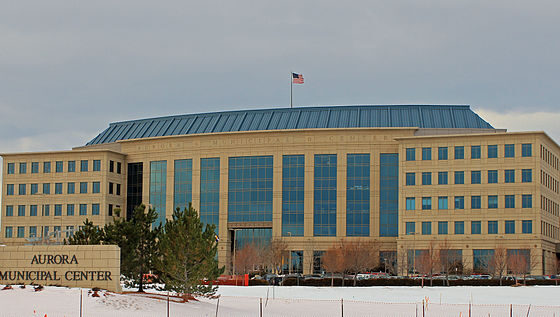COVID-19 has pushed skiers and snowboarders to ditch the lift lines and hit the backcountry terrain. This type of skiing takes place outside the ski-patrolled zone, and most people who begin exploring these areas are skilled resort skiers. The “total U.S. backcountry-related equipment sales” is up 76% this year compared to 2019, says The NPD Group. Avalanche conditions are already dangerous, but as the snow keeps piling up, conditions are expected to worsen.
Colorado has experienced more avalanche fatalities this season than it has in decades. Snowfall has picked up this past month, resulting in dangerous conditions for skiers, snowboarders and snowmobilers who are looking to explore the backcountry.
Those who plow through backcountry terrain may believe that they will not be the ones impacted by these treacherous events. But even when you think you have done everything right and are being cautious, it may not be enough. Once an avalanche is in action, it is out of our control. Once you’re deep in this terrain, there is no way to avoid events such as avalanches, but it is necessary to learn and understand how to safely navigate them. All backcountry skiers must know how to use and carry the beacon, shovel and probe.
How does an avalanche occur? It happens when the thin, base layer of snow is followed by an extended period of dry weather. Once snow piles up on this thin layer, even the smallest human movement can trigger an avalanche. With the consistent snowstorms Colorado has experienced this month, the prevalence of this hazard is rising.
To a mountaineer, these lush areas of snow look inviting. But it is impossible to know which pack of snow will be the one to break. It is hard to mitigate and even harder to know when this event may occur, making it critical to prepare for the worst.
ICAR (International Commission of Alpine Rescue) has estimated that people who are completely “buried by an avalanche (head is under the snow) have a survival rate of 50%.” Victims have found the following techniques helpful in the event of an avalanche: taking a step uphill in your skis, digging into the bed surface with your edges to stop sliding and angling toward one side to ride out of the avalanche.
Before heading out on your backcountry adventure, make sure to be aware of current avalanche danger in the area and ensure that you obtain all necessary equipment including extra layers, waterproof gear, a transceiver, snow probe and shovel.
If you hit this terrain often, it is worthwhile to spend time educating yourself through Colorado Avalanche Information Center’s (CAIC) training programs. If you are a first-timer, CAIC also offers avalanche education events. These classes are taught by a CAIC staff member, and all of the instructors have been certified by either the American Avalanche Association or the American Institute for Avalanche Research and education.
With the increase of people in backcountry areas, the amount of potential avalanche triggers also increases. Make sure to plan ahead and check forecasts before hitting the slopes.











